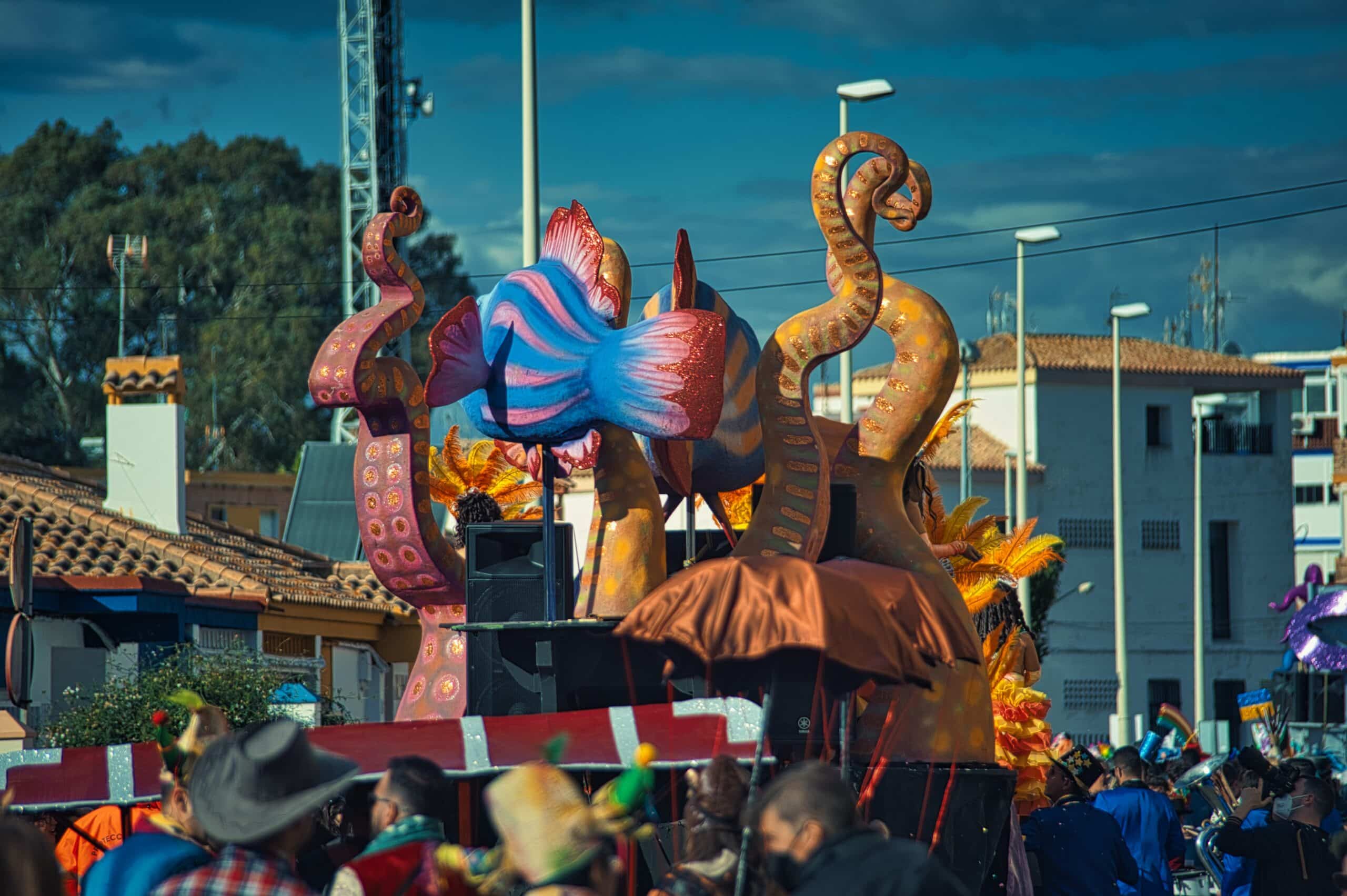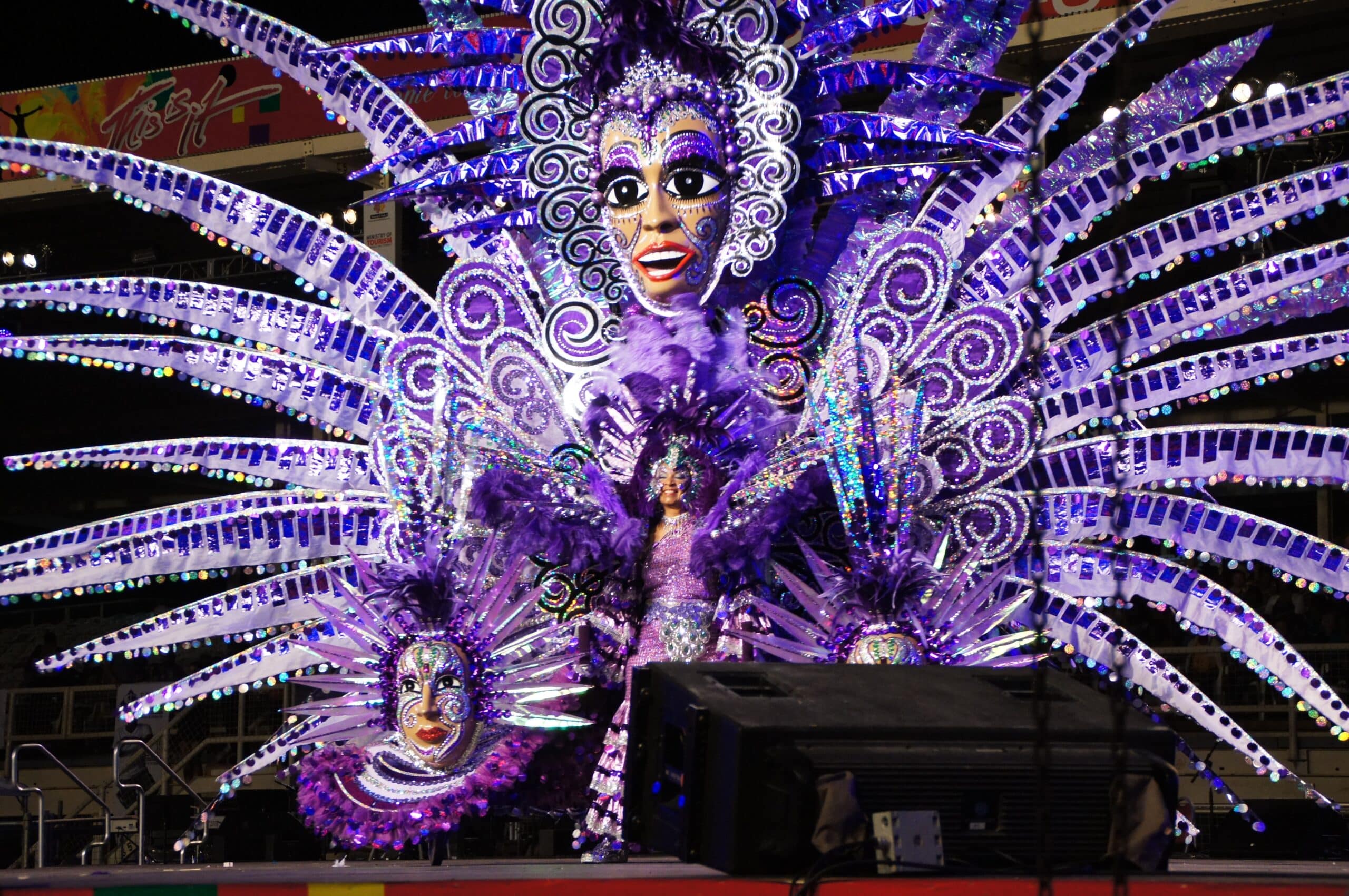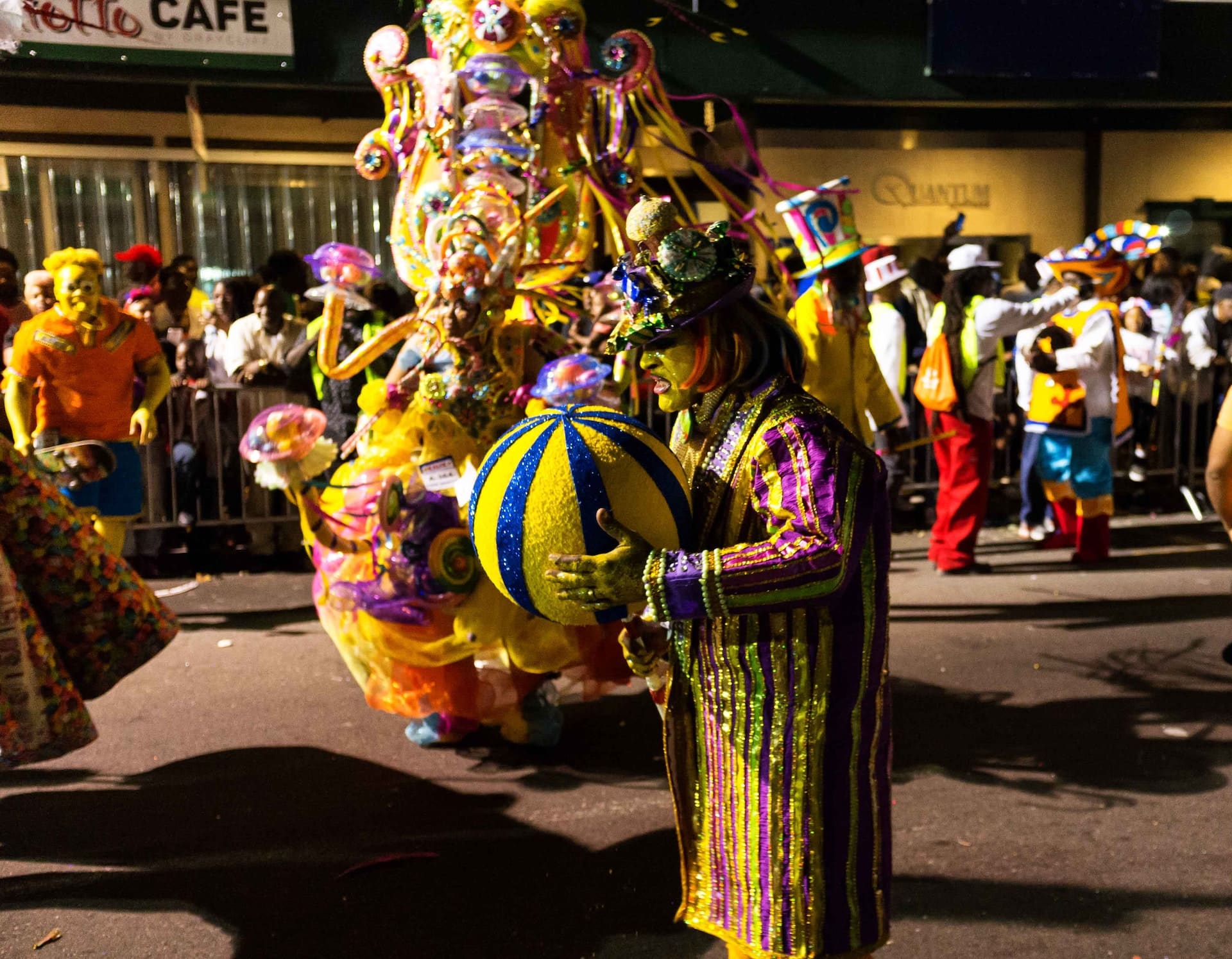Are you planning a trip to Brazil and want to experience one of the country’s most iconic and vibrant traditions? Look no further than Brazil Carnival Floats! As someone who has experienced the magic of Carnival firsthand, I can tell you it’s an experience that you won’t want to miss. Carnival is an awesome experience, but make sure to stay safe as you dive into it.
The Brazil Carnival Floats
First off, what exactly are Brazil Carnival Floats? They are elaborate and colorful platforms that are the centerpiece of the Carnival parades.
They are made out of various materials such as wood, metal, plastic, and papier-mache, and are designed with an eye toward humor, creativity, and satire.
In recent years, there’s been a fascinating shift towards incorporating sustainable materials and advanced technologies into float designs. Imagine floats adorned with recycled elements and interactive features, reflecting a modern twist on traditional artistry.
The floats are usually quite large, often towering over the parade-goers with wild costumes, and are adorned with intricate designs and bright colors.
The Carnivalists
Floats are just one part of the Brazil Carnival experience. The carnivalists who ride on the floats are just as important. These are the people who dress up in elaborate costumes and dance and sing around the floats.
They are a true representation of Brazil’s diversity and spirit, coming from all walks of life and every corner of the country. Their enthusiasm and energy are infectious, and it’s impossible not to get caught up in the excitement.
The Samba Music
Samba is the traditional music of Carnival in Rio de Janeiro and is the perfect accompaniment to the floats and carnivalists.
It’s impossible not to dance and move your hips when you hear the beat of the drums and the sound of the horns. And if you’re feeling particularly brave, you can enjoy the samba song and even join in dancing yourself!
Passistas and Costumes
The dancers who perform on the Brazil Carnival floats are known as passistas, and they are some of the most talented and skilled dancers in Brazil.
They are often chosen for their beauty, grace, and athleticism, and they spend months preparing for their performances.
The passistas wear elaborate costumes that are designed to be eye-catching, vibrant, and colorful. These costumes are often adorned with feathers, sequins, and other embellishments, and they are true evidence of the creativity and skill of costume designers.
How Many Floats Are in the Brazil Carnival?
The number of floats in the Brazil Carnival can vary from year to year and from city to city. In the Samba School Parade, which is the main event of the Rio Carnival, each samba school typically has several floats.
It ranges from 6 to 12 large floats and 200 to 300 percussionists, depending on the size of the school and the theme of the parade. So, the total number of floats in Rio’s Carnival Parade can be in the hundreds.
In other cities, such as São Paulo or Salvador, the number of floats used in the Carnival parades may be different. In Salvador, for example, there are three main circuits where the parades take place, and each circuit has a different number of floats.

The Best Places to Experience Brazil Carnival Floats
The Brazil Carnival is one of the most famous festivals in the world. If you’re looking to experience the best of Brazil’s Carnival floats, there are a few places you should definitely visit:
Rio de Janeiro
The Rio Carnival is one of the most famous in the world, and the floats are a major highlight of the event. The Sambadrome, a purpose-built parade route, is the best place to see the floats in all their glory.
Our favorite activity to do here is to join Banda de Ipanema in Rio. Besides, Bola Preta is one of the best bolicos to join on a Saturday morning. Overall, the energy and excitement of the Rio Carnival are truly infectious, and the floats are a must-see for anyone visiting Brazil during the Carnival season.
Salvador
Salvador is another popular Carnival destination in Brazil. The city’s Carnival is famous for its trios elétricos, which are giant trucks that carry musicians and revelers around the city streets.
The floats in Salvador are often smaller and more mobile than those in Rio. But they are just as colorful and creative. One of the best ways to experience the Carnival floats in Salvador is to join one of the blocos, bandas, or street parties that take place throughout the city.
Recife and Olinda
These two cities are located in the northeastern state of Pernambuco and are popular for their frevo and maracatu music styles.
The Carnival floats in Recife and Olinda are smaller in size than those in Rio de Janeiro Carnival and Salvador. However, they are equally impressive in terms of their creativity and cultural significance.
São Paulo
The samba parade in Anhembi Sambadrome, São Paulo, is the largest in Brazil, and it can accommodate up to 30,000 spectators. The floats in São Paulo are often more elaborate and theatrical than those in other cities. Our favorite performance is from the Vila Isabel samba school, which occurs on the second night of the Carnival. It is ultimately a testament to the creativity and artistry of the Brazilian people.
Besides, you can also join the parade and the balls in Copacabana Palace and on the beach and witness international celebrities in fancy costumes.

Tips for Enjoying Brazil Carnival Floats
So, how can you experience Brazilian Carnival Floats for yourself?
The biggest carnival celebrations take place in Rio de Janeiro and Salvador, but there are also smaller celebrations in other cities and towns throughout the country.
Here are some tips for planning your carnival experience:
Plan Ahead
Carnival is an incredibly popular event, so it’s important to book your accommodations well in advance. Prices for hotels and flights can go up significantly during Carnival season. So it’s best to book early to avoid the crowds and higher prices.
Choose Your Carnival Location
Rio de Janeiro is the most famous Carnival destination, but it’s also the most crowded and expensive. Another popular place to visit is Salvador, which has a more laid-back vibe and focuses on Afro-Brazilian culture. Other cities like Olinda and Recife also have lively Carnival celebrations.
Join a Blocos
These are street parties that take place throughout the carnival season. They are free to attend and are a great way to experience the carnival atmosphere up close. Some blocos even have their floats!
Buy a Ticket to the Sambadrome
If you want to see the most elaborate and high-quality Carnival floats, then a ticket to the Sambadrome in Rio de Janeiro is a must. This is where the big samba schools compete against each other with their floats and costumes.
Dress the Part
If you really want to get into the Carnival spirit, then dressing up in a costume is a must. But before that, it is kind of a prerequisite to commit to a certain school. You can buy costumes at local shops or online, or you can make your own.
Stay Safe
Carnival can be a wild and crazy time, so it’s important to stay safe. Keep your valuables close and don’t wander off alone at night. It’s also a good idea to stick with a group of friends.
Brazil Carnival Floats Wrap Up
In conclusion, experiencing the Brazil Carnival Floats is an unforgettable experience that should be on every traveler’s bucket list.
From the elaborate floats to the energetic carnivalists to the infectious performance of the flag bearer on Samba music, it’s a celebration of life and culture that will leave you with memories that will last a lifetime. So what are you waiting for? Start planning your Brazil Carnival adventure today!


